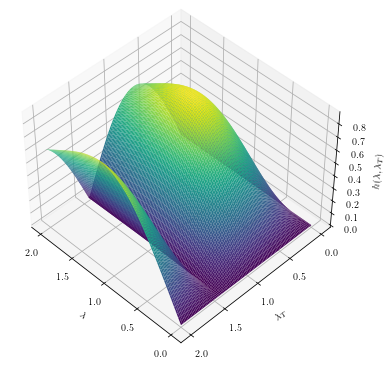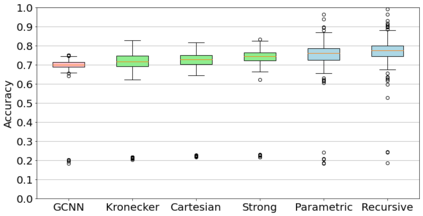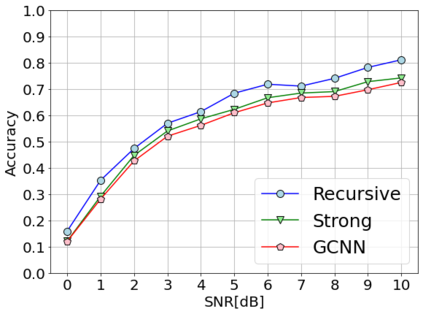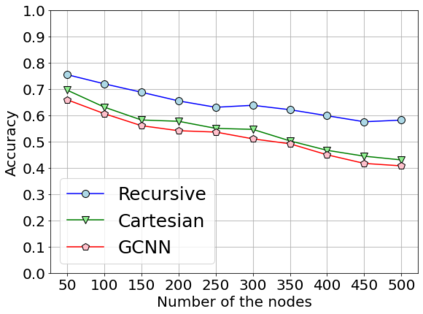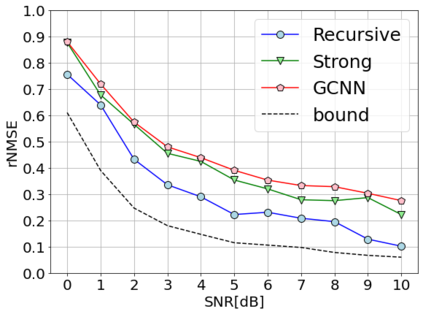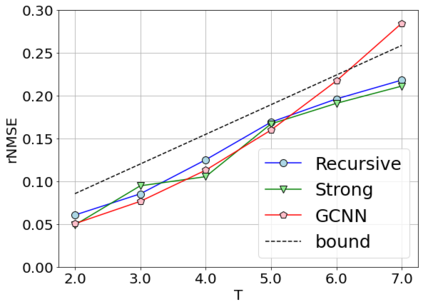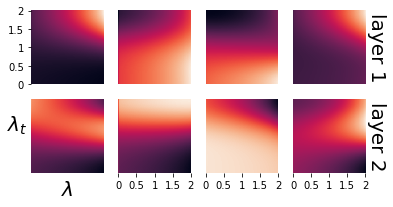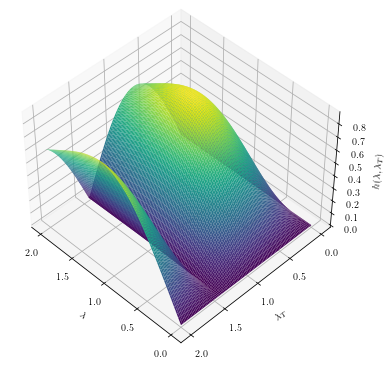Devising and analyzing learning models for spatiotemporal network data is of importance for tasks including forecasting, anomaly detection, and multi-agent coordination, among others. Graph Convolutional Neural Networks (GCNNs) are an established approach to learn from time-invariant network data. The graph convolution operation offers a principled approach to aggregate multiresolution information. However, extending the convolution principled learning and respective analysis to the spatiotemporal domain is challenging because spatiotemporal data have more intrinsic dependencies. Hence, a higher flexibility to capture jointly the spatial and the temporal dependencies is required to learn meaningful higher-order representations. Here, we leverage product graphs to represent the spatiotemporal dependencies in the data and introduce Graph-Time Convolutional Neural Networks (GTCNNs) as a principled architecture to aid learning. The proposed approach can work with any type of product graph and we also introduce a parametric product graph to learn also the spatiotemporal coupling. The convolution principle further allows a similar mathematical tractability as for GCNNs. In particular, the stability result shows GTCNNs are stable to spatial perturbations but there is an implicit trade-off between discriminability and robustness; i.e., the more complex the model, the less stable. Extensive numerical results on benchmark datasets corroborate our findings and show the GTCNN compares favorably with state-of-the-art solutions. We anticipate the GTCNN to be a starting point for more sophisticated models that achieve good performance but are also fundamentally grounded.
翻译:设计和分析时空网络数据学习模型对于预测、异常探测和多试剂协调等任务非常重要。 图表进化神经网络( GANNs) 是学习时空网络数据的既定方法。 图形进化操作为集成多分辨率信息提供了一个原则性方法。 但是, 将集成原则性学习和各自分析扩展至时空领域具有挑战性, 因为空洞数据具有更内在的相互依存性。 因此, 要学习有意义的较高级表示, 就需要更灵活地共同捕捉空间和时间依赖性。 此处, 我们利用产品图表来代表数据中的时空依赖性, 并采用数字进化网络( GNNURs), 作为一种原则性架构来帮助学习。 拟议的方法可以与任何类型的产品图表一起工作, 我们还引入一个参数化产品图表, 来学习时空互换解决方案。 进化原则进一步允许与GCNTCs具有相似的数学分流性。 特别是, 稳定性结果显示GTC的精确性、 稳定性与稳定性数据比更低。

